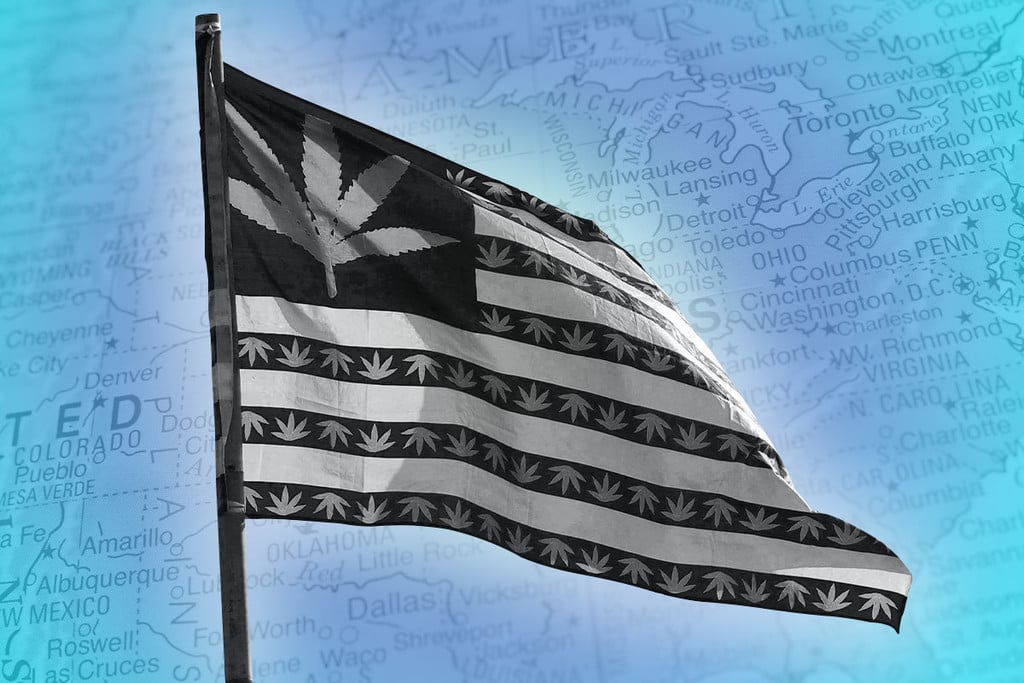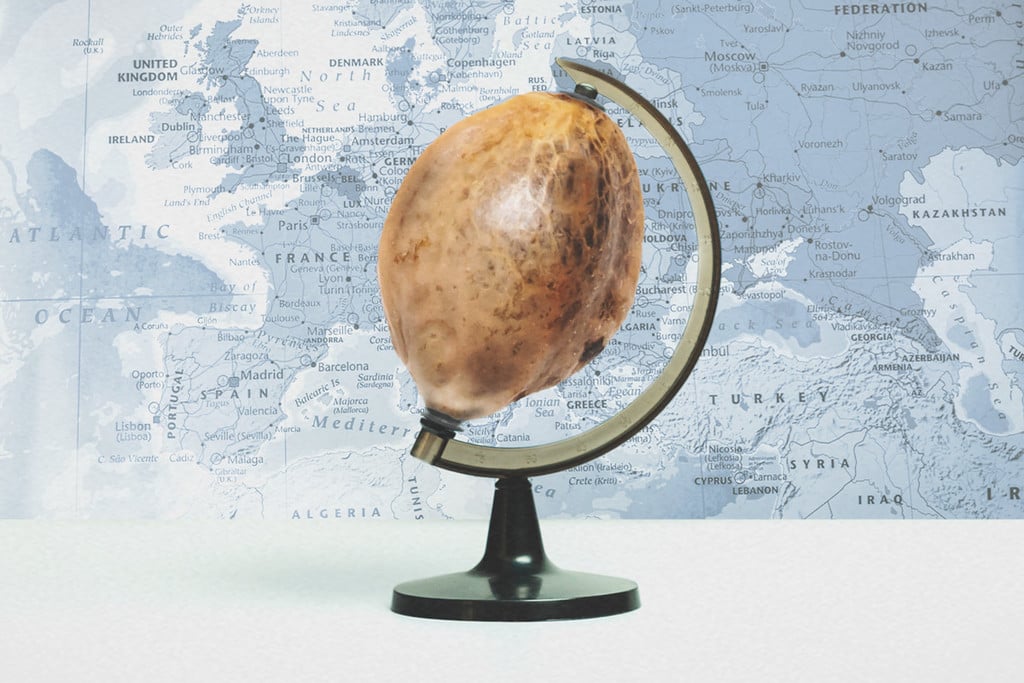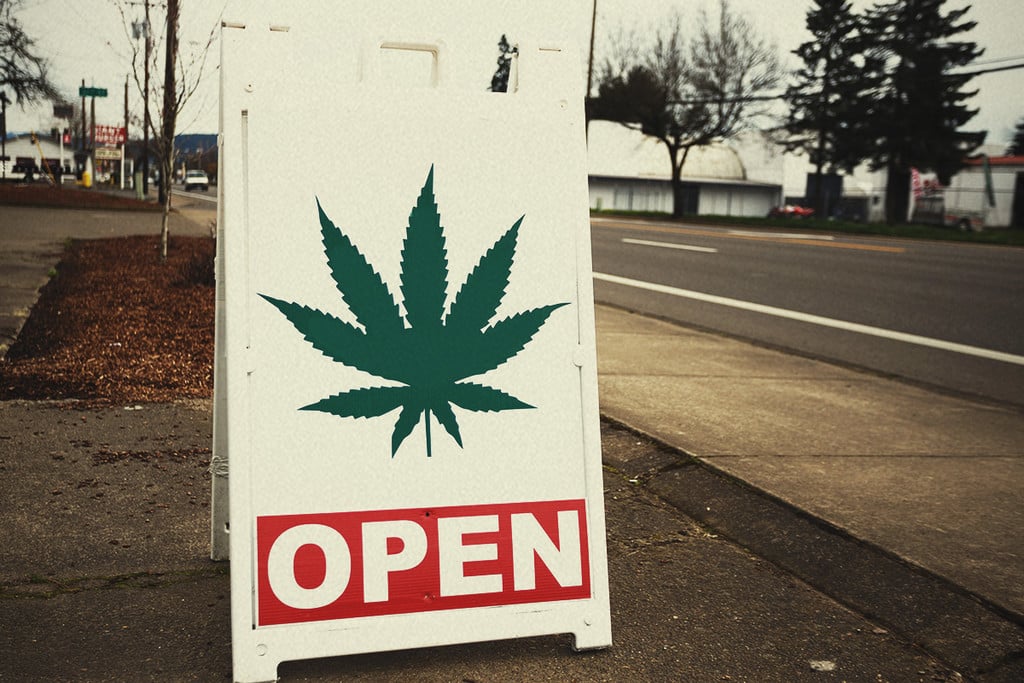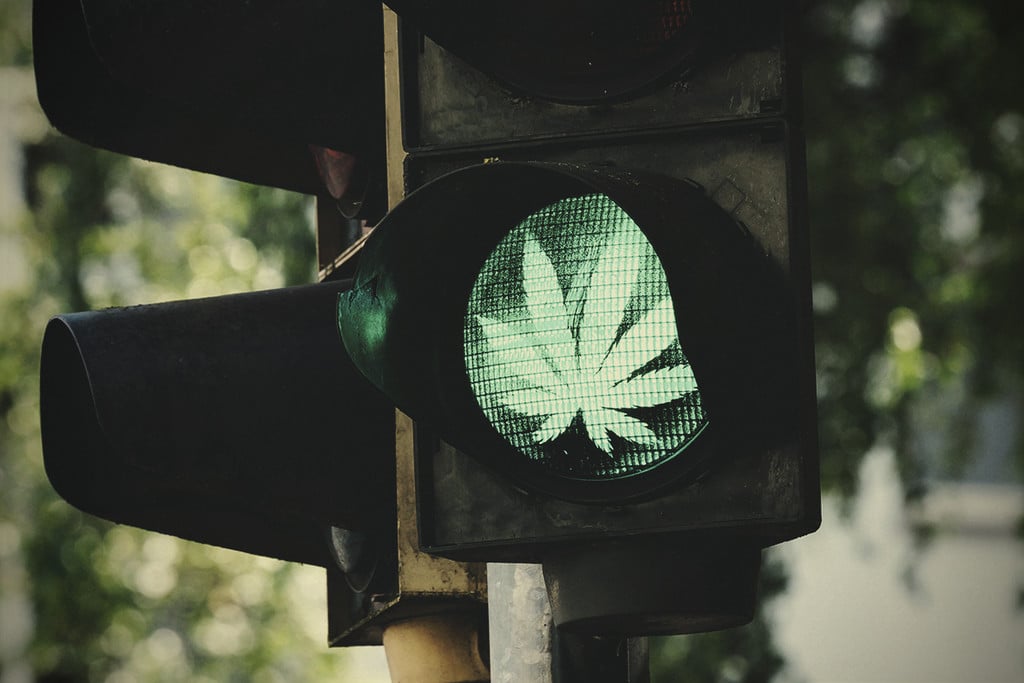.
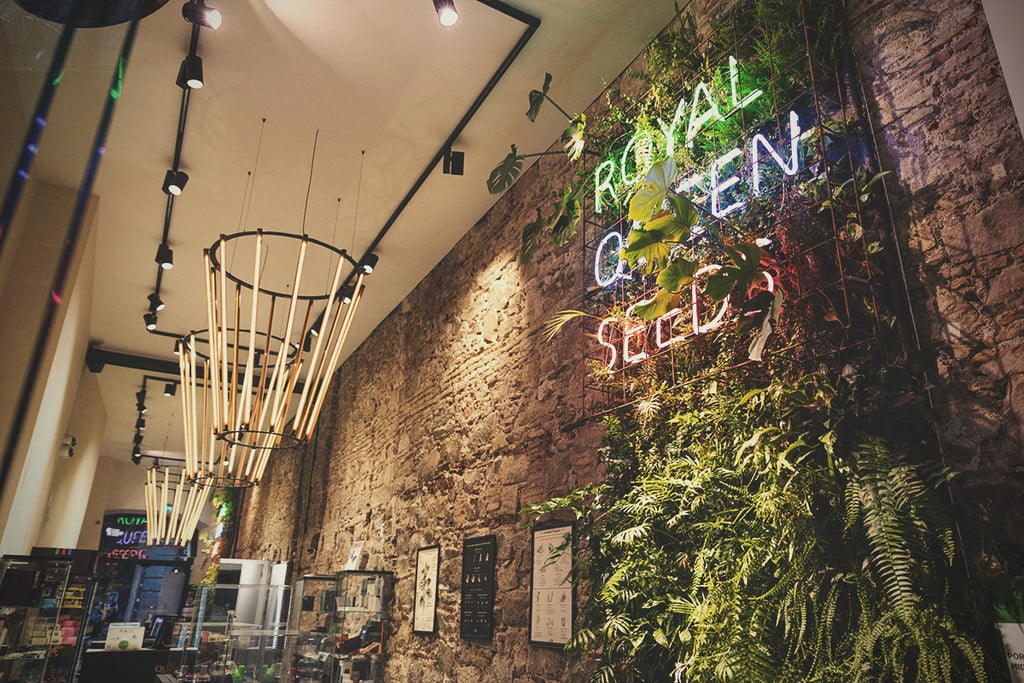
Becoming a Budtender: What You Need to Know
Budtenders do much more than bag up buds with a smile. These employees are expected to know a lot about cannabis. If this sounds like the perfect job for you, you'll need to know all about cannabinoids, terpenes, strains, the ECS, and more to make appropriate recommendations. Here's how to position yourself as the ideal candidate.
Contents:
Imagine stepping into a bar, but instead of ordering a pint of lager, you get to browse a menu loaded with different cannabis strains. If you’ve ever visited the Dutch coffeeshops, you have a taste of what that experience feels like. Just over the Atlantic, in the United States, millions of people enjoy a similar experience when strolling into dispensaries. Customers have some serious choice when it comes to strains and types of cannabis (bud, extracts, edibles, etc.), and it’s the budtenders that make this system work.
Find out everything you need to know about this job below. If you’re considering entering this role, you’ll get a head start and discover exactly what you need to know before taking the plunge.
What Is a Budtender?
As a portmanteau of “bud” and “bartender”, the word “budtender” refers to a dispensary or cannabis store worker tasked with serving customers from behind a bar or till. The employees that fulfill this position serve as a bridge between customers and the many cannabis-based products on offer. But budtenders aren’t mere retail shelf-stackers. Depending on their training, some of them are the most knowledgeable cannabis experts you’ll meet.
Budtenders are bombarded with questions every day. As well as taking inventory and fulfilling other point of sale duties, many budtenders are expected to answer questions, make recommendations, and even educate customers about the complex science of cannabis, cannabinoids, terpenes, and the endocannabinoid system.
Budtenders are important for the obvious fact that they serve cannabis to the masses. But they also help customers make informed decisions and find products that truly suit their needs and preferences. Even experienced cannabis users don’t always have a complete grip on how cannabis works in the body, and absolute beginners rarely know THC from CBD. Budtenders are there to help users of all experience levels get to know the herb on a deeper and more meaningful level.
Budtenders get paid an average of $14.52 per hour for this work in the United States, but also receive some added perks, such as dental insurance. Plus, their wage fluctuates depending on the region. Budtenders in California receive an average of $17.64 per hour, higher than the Oregon average of $14.17.
How to Become a Budtender
So, you want to become a budtender? Unfortunately, there aren’t many of these positions available outside of North America. However, if you live in Canada or the United States, or have the opportunity to work there, you’re in luck.
But you can’t expect to dive right in with zero knowledge about cannabis. Your job description will entail more than simply bagging up buds. You’ll need a good grasp on cannabis science and how the herb works in the body. You should also have experience with many different strains so you can make valuable first-hand recommendations. Keep reading to find out what you need to know, and the limitations of your desired profession.
Are You Curious Enough?
To start, you need an innate curiosity about the cannabis plant. You also need to be willing to keep up with the most recent science to provide the best service possible. Customers will look up to you as an expert in the field. Even if you get a sense of imposter syndrome when you start, you’ll quickly gain a thorough understanding of everything you need to know.
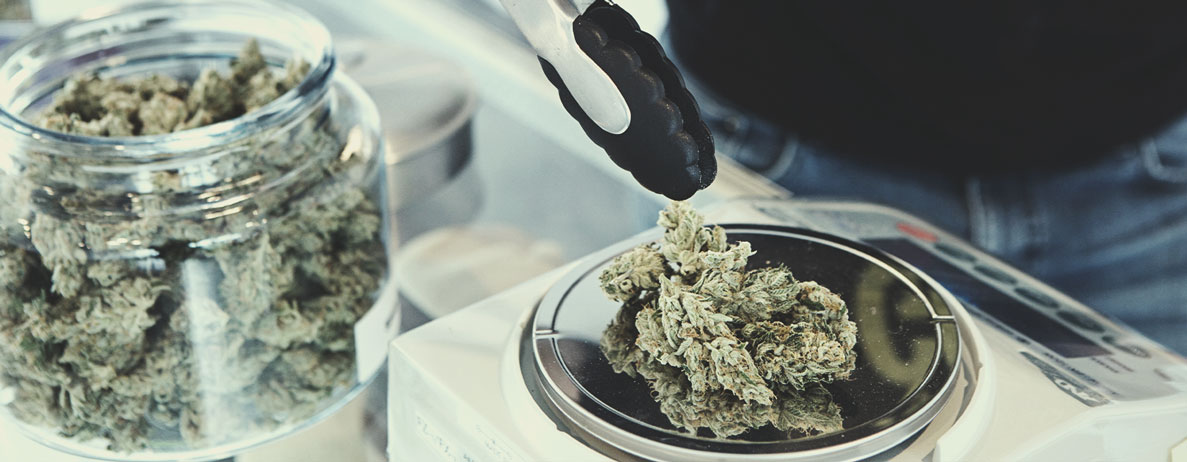
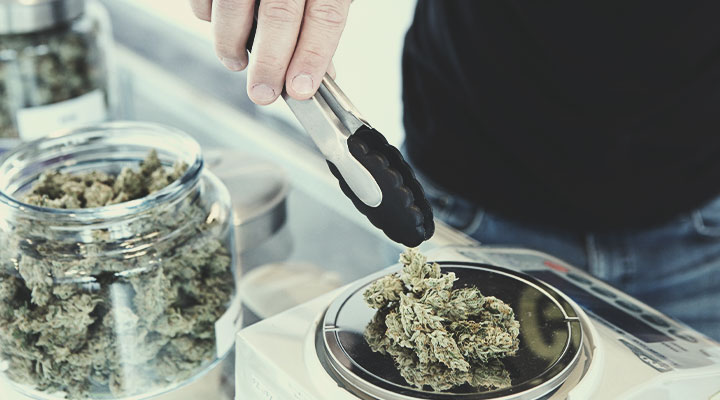
Bro Science Won’t Cut It
We all know a guy who sees himself as somewhat of a cannabis expert. But there’s a huge rift between bro science and facts. Most of cannabis pop culture paints an overly simplified picture, and sometimes perpetuates straight-up misinformation. Some budtenders choose the easy route and pander to these basic paradigms. However, the best budtenders go out of their way to gain a true understanding. We encourage you to dive deeper into the topics below to take your knowledge to the next level:
⇢ The entourage effect: This theory states that the different constituents within cannabis synergise to create more pronounced effects. For example, early research shows that the effects of certain cannabinoids, such as THC and CBD, are amplified by terpenes (the molecules that underpin the aromas and effects of cannabis). Terpenes certainly play an important role in the cannabis high, and they’re now gaining some serious recognition. However, much of the research around the entourage effect remains inconclusive and derives from cell studies. Check out the research[1], understand that different combinations work better for different people, and try to avoid speaking in absolutes about this topic.
⇢ “Strains” aren’t that important: To new cannabis users, strains seem like a sensible and scientific way to navigate all of the choices available. Some strains get you high, others get you stoned, and some fill in the middle ground. However, it turns out the strain classification system isn’t that reliable. Two buds with the same strain name found in different dispensaries can have vastly different chemical profiles. Furthermore, strain names tend to be fueled more by marketing as opposed to chemical profile, and tell the consumer little about what they're actually getting. Some cutting-edge dispensaries have moved toward the more reliable chemovar and chemotype paradigm, which describes the chemical profile of a strain more accurately. We recommend learning the basics of this classification system.
⇢ The endocannabinoid system: Not only do you need to know a lot about the herb itself, but also how it works in the body. The endocannabinoid system plays a key role in how cannabinoids, and even terpenes, affect human physiology. Once you’ve brushed up on your receptors, endocannabinoids, and enzymes, try to find an easy way to break this down for curious customers. Then, if you're comfortable with what you’ve learned, consider looking further down the rabbit hole at the endocannabinoidome[2] for an even deeper understanding.
Budtenders Aren’t Doctors
As a budtender at a medical cannabis dispensary, or at a hybrid recreational–medical store, you’ll spend a lot of time dealing with medical marijuana patients seeking relief. It might be tempting to make suggestions and give advice that surpasses the scope of your position. Remember, these customers are already in the hands of medical professionals, and stepping too far out of your lane could land you, and your dispensary, in lots of trouble.
Top-Shelf Customer Service
You can have all the knowledge in the world, but you can’t positively impact consumers without premium customer service. This includes connecting with people authentically, not being pushy, listening out for what they have to say, and identifying their needs. Many beginner cannabis users will need advice on different routes of administration, dosage, and where to start altogether.
Know Compliance Laws and Regulations Inside Out
Dispensaries are tightly regulated. Customers are subject to purchase limits, and products must be sealed in child-proof packaging before they leave the building. Your dispensary has a duty to train you in this area, but the ball is partially in your court after this. Unfortunately, the cannabis industry is subject to even more stringent regulations than alcohol, especially in some American states, so any failure to comply can land you jobless.
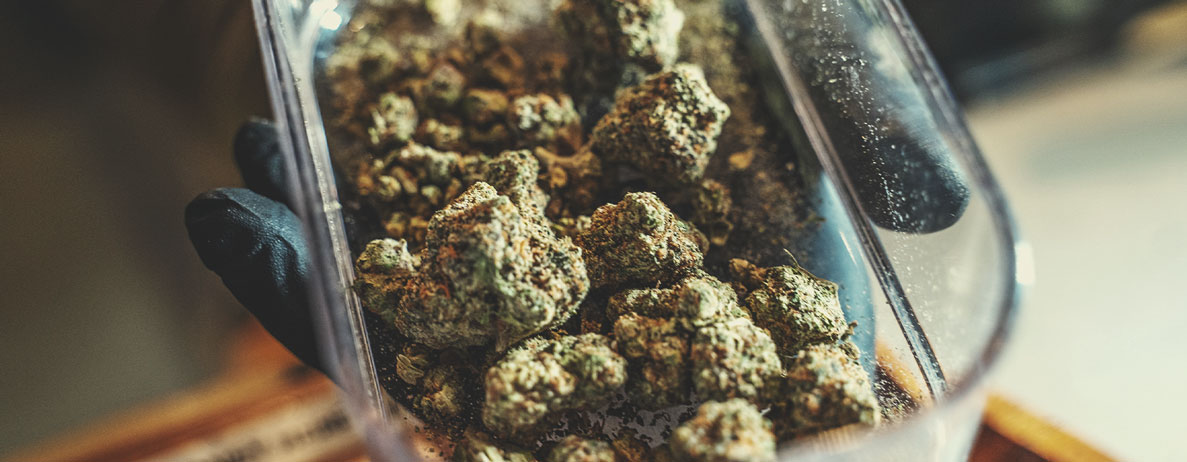
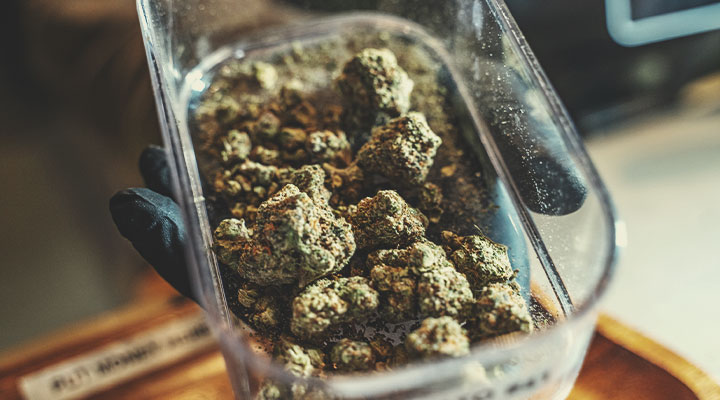
Common Questions Budtenders Are Asked
You’re ready to start sending your CV and cover letter to a bunch of dispensaries. While you wait for a response, let’s go through some of the most common questions you’re likely to be asked by customers:
⇢ Do I have to smoke cannabis?: You’ll get this question a lot from beginners. Inform customers of all the different ways to consume cannabis, including vaping, sublingual, and oral application. Tell them about the varying onset times, that sublingual application is super fast, and how oral application results in a longer duration and amplified effects.
⇢ What are THC:CBD ratios?: Explain to customers the main differences between these two cannabinoids. Then, go on to paint a picture of how different varieties are bred to produce different concentrations of each. THC-rich varieties focus largely on psychoactive effects, while CBD-rich cultivars are primed to deliver more clear-headed effects. There are also varieties with equal or varying ratios of CBD and THC, capitalising on the effects of both. It’s worth informing novices that most CBD-heavy strains will not contain enough THC to deliver the classic cannabis high.
⇢ What’s the difference between sativa and indica?: First, ask them how they understand these terms. Many people have come to believe that these tags accurately describe the effects of a strain. Take this moment to put your educator hat on. Explain the importance of terpenes, and how the chemical profile of a variety, not the morphology (physical characteristics), chiefly impacts the effects.
⇢ How much should I take?: Remember, you’re not a doctor. There are no official guidelines for cannabis consumption, and the herb affects people differently based on many factors, including metabolism. That said, offering some general guidelines should be okay. To play things safe, advise people to begin with fast-acting routes of administration, such as vaping or smoking, and instruct them to proceed one hit at a time.
How to Prepare Before Visiting a Dispensary
Perhaps you have no ambition of becoming a budtender. No worries! It can still help to know what you’re in for when entering a dispensary as a customer. It can feel odd and even intimidating the very first time. Here are some tips to help you on your way:
- Do your research: It helps to know a thing or two about cannabis before heading in. Why? It’ll give you an upper hand. Not all budtenders are trained the same, and some places might try to recommend products based on how they’re selling instead of what you need.
- Respect the staff: Treat the staff well, and be polite. Budtenders are more likely to get chatty, pleasantly informal, and friendly if you approach them with an open, friendly, and curious attitude. You might just turn a quick trip to the dispensary into a great learning experience.
- Respect the products: Treat the products well. You wouldn’t want to buy a bud that somebody else just touched, dropped, or shoved their nose against. Let the budtender describe the aromas and effects, or ask for a sample to smell if possible.
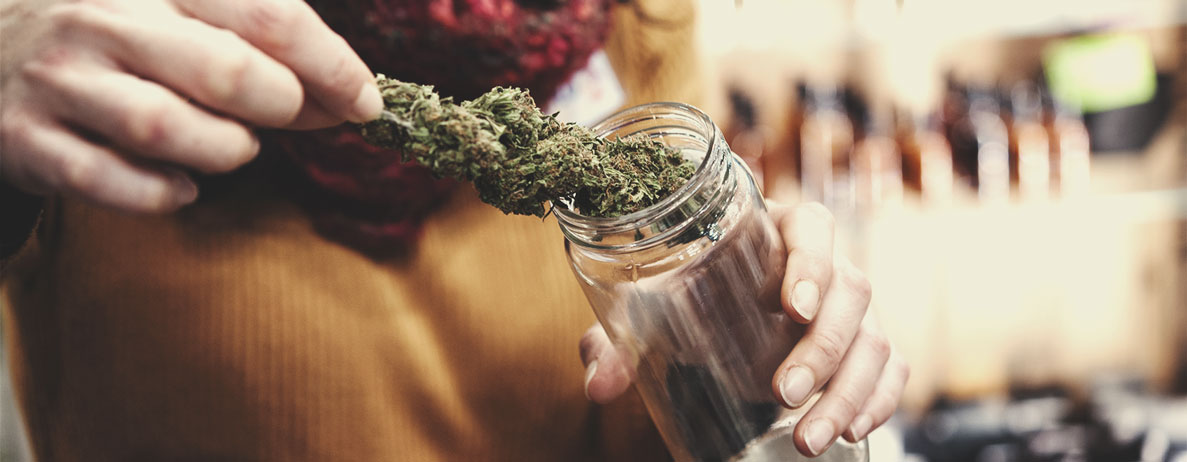
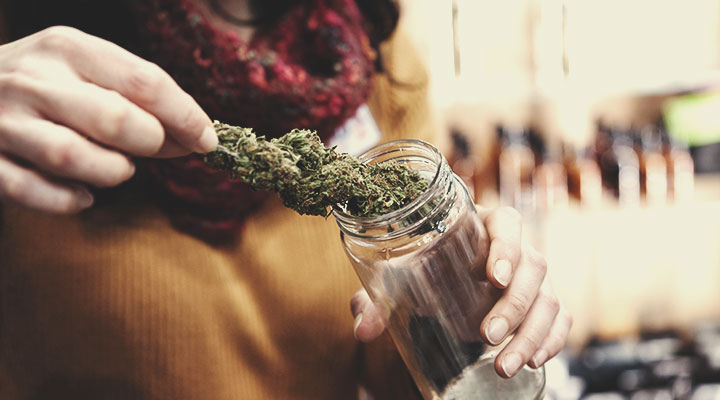
Are You a Future Budtender?
The cannabis industry remains relatively young and fresh. Becoming a budtender at the beginning of the boom will set you up for success later on. Not only do you get to experience and adapt to the industry as it finds its feet, but you could find yourself travelling down a career path that revolves around cannabis. You’ll learn a whole lot about the herb, and working as a budtender for a while will put you in an excellent position to branch out into other parts of the industry, from entrepreneurship and commercial growing to higher education.
- Taming THC: potential cannabis synergy and phytocannabinoid-terpenoid entourage effects https://www.ncbi.nlm.nih.gov
- The endocannabinoidome as a substrate for noneuphoric phytocannabinoid action and gut microbiome dysfunction in neuropsychiatric disorders https://www.ncbi.nlm.nih.gov


























